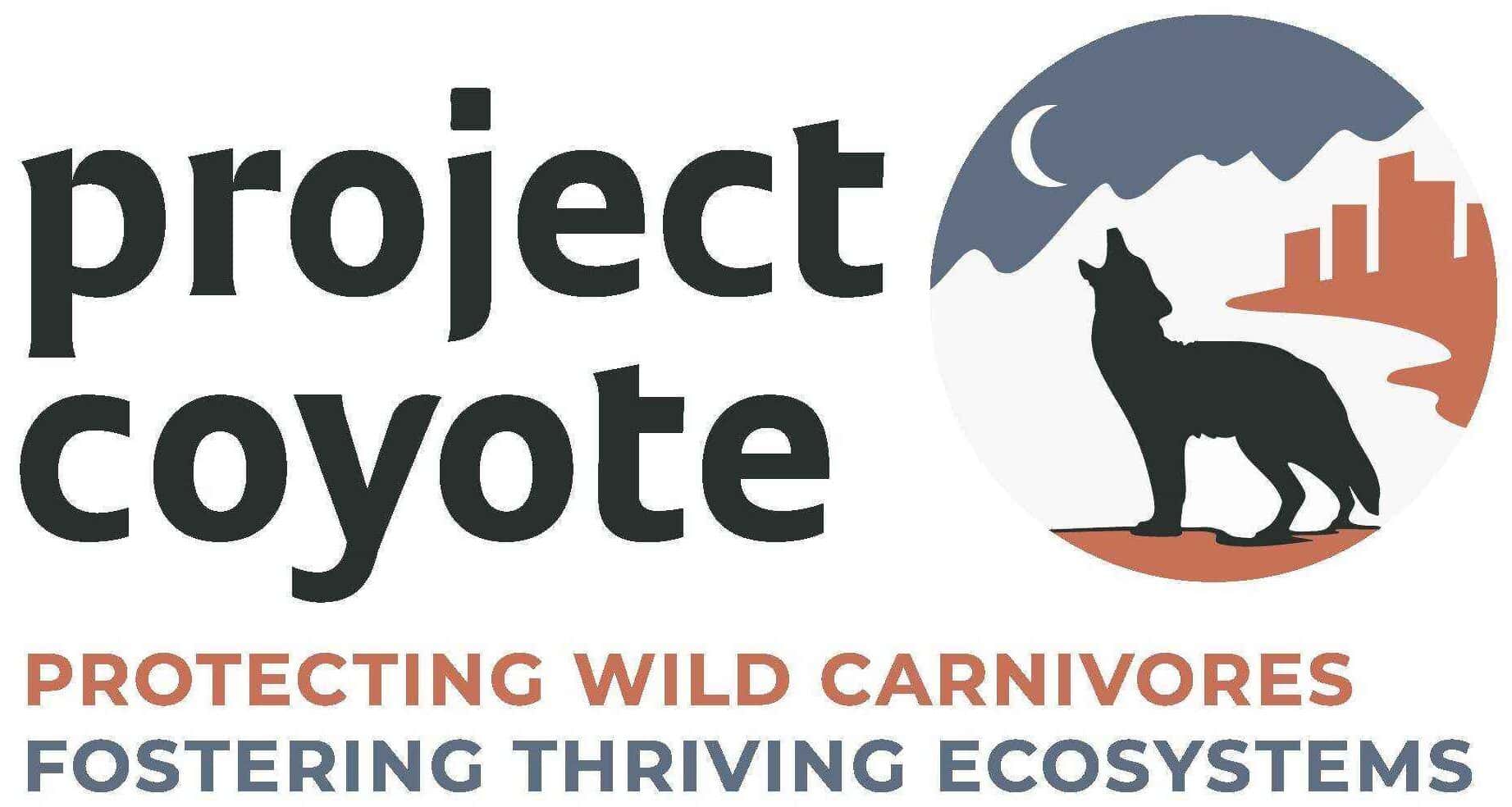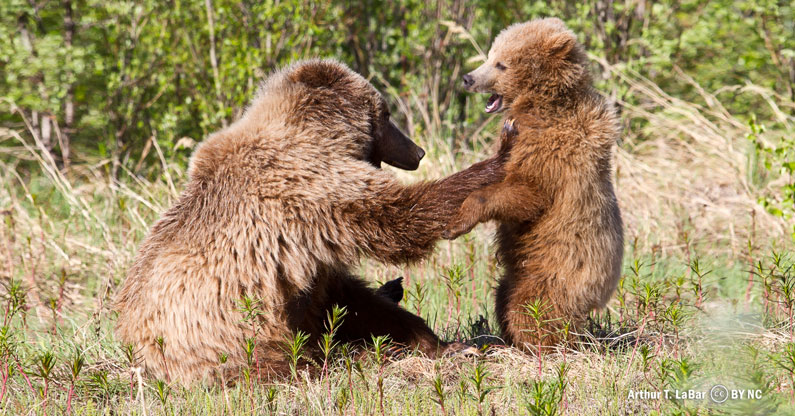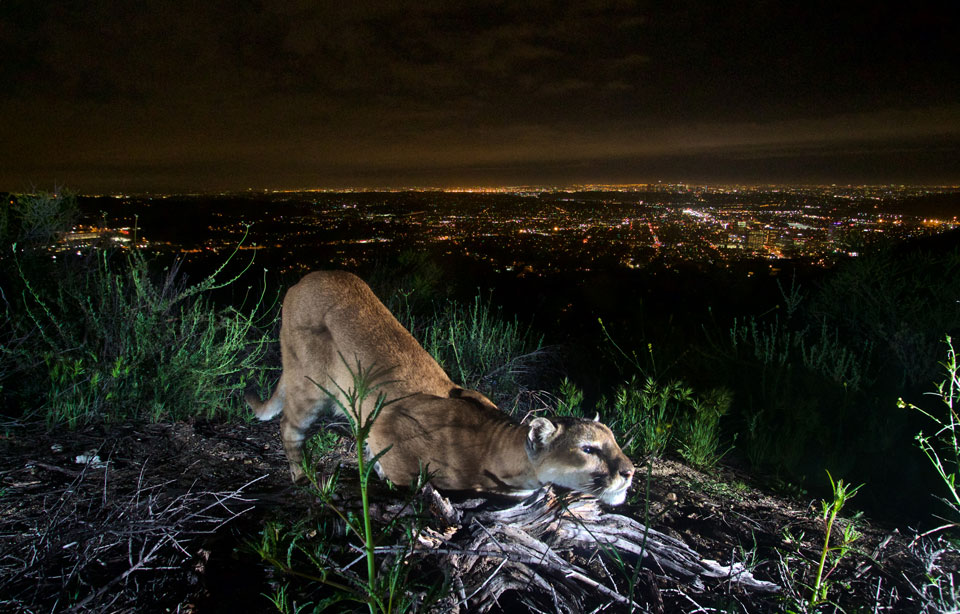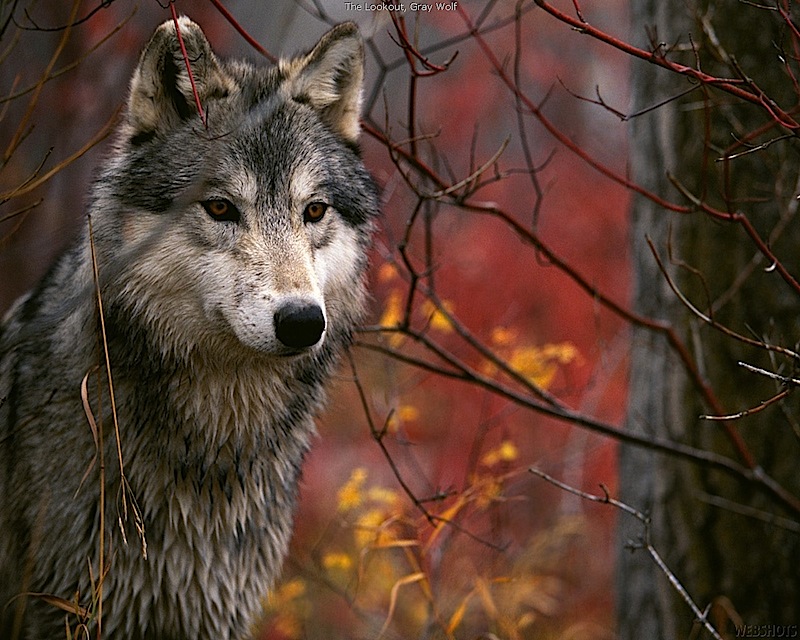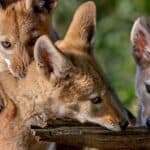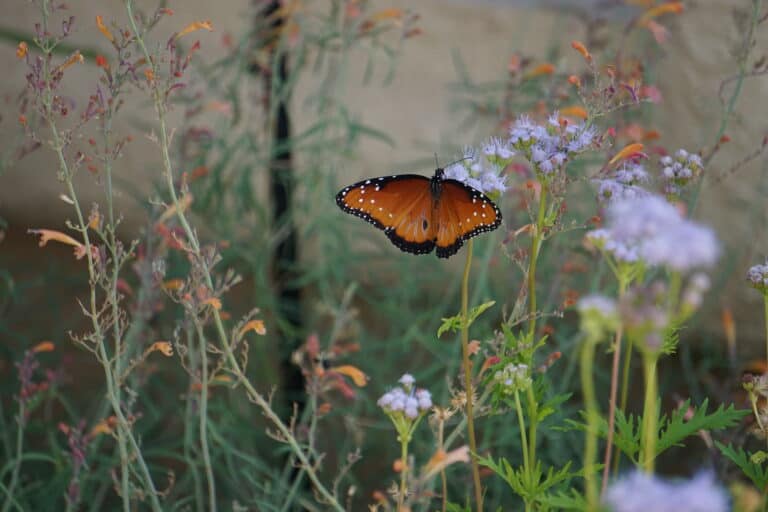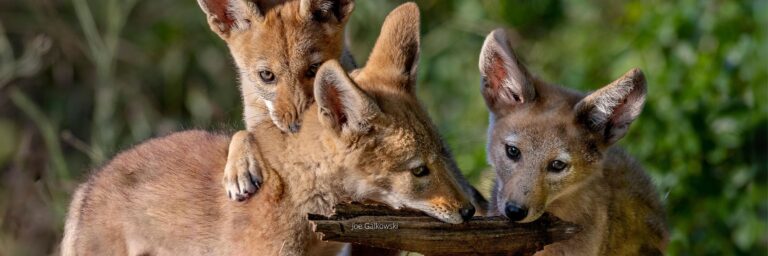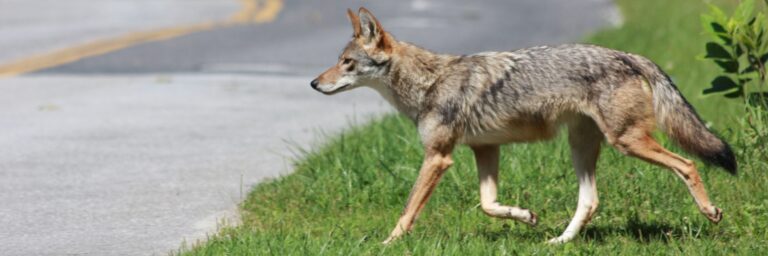Dr. Adrian Treves is professor and founder of the Carnivore Coexistence Lab at the Nelson Institute for Environmental Studies at the University of Wisconsin-Madison. We are fortunate to have him serve on Project Coyote’s Science Advisory Board. He has been actively involved in our Predator Management Reform and Science and Stewardship Programs, helping to shine a light on the failures of wildlife agencies to use best available science and the Public Trust Doctrine in predator management policy decision making.
We are grateful to Adrian for his dedication to promoting scientific integrity and ethics in finding solutions for the coexistence of people and native carnivores.
It is my pleasure to share this interview with Adrian about a recent article of which he is lead author, “Differentiating between regulation and hunting as conservation interventions,” published in Conservation Biology on September 4th. The article overturns conventional wisdom by challenging the notion that the act of hunting is responsible for saving native carnivores from extinction. Adrian and his colleagues argue that the regulation of hunting is a more likely explanation—and that failure to recognize the importance of regulations in preserving wildlife populations will result in grave consequences for wildlife and our ecosystem.
The importance of Adrian’s study is playing out now in all three branches of the federal government. In late September, U.S. District Court Judge Dana Christensen restored Endangered Species Act (ESA) protections for grizzly bears in Idaho and Wyoming. The court found that the federal government failed to use the best available science when it removed grizzlies from the threatened species list in 2017. At the same time, the Trump Administration and Republicans in Congress, catering to trophy hunting and agricultural interests, are seeking policy changes that would weaken the ESA. Adrian, and other members of Project Coyote’s Science Advisory Board, are actively involved in countering these attempts to eviscerate the ESA and remove protections for apex predators like grizzly bears and gray wolves.
I hope you’ll find this blog thought-provoking and inspiring.
For Coexistence,
Katie Stennes
Programs & Communications Manager
Tell us about your Carnivore Coexistence Lab and what you are teaching students about carnivore ecology and conservation.
I founded the Carnivore Coexistence Lab in 2007. I’ve been studying predator-prey ecology, behavior and conservation regarding both predators and prey since 1992. My lab is focused on coexistence, especially with large carnivores, and balancing the preservation of these species worldwide to meet the needs of people coexisting with wildlife.
You’ve dedicated a large part of your life to studying native carnivores like wolves and bears. Tell us why you find these animals so fascinating and worthy of research and protection.
For millions of years, humans and large carnivores have competed for food and space. In the past few centuries, humans have caused mass mortality of carnivores worldwide–which has degraded ecosystems in significant ways because keystone carnivores like wolves and cougars play essential roles in maintaining ecosystem health. The solution to balancing the need to protect livestock and crops from carnivores with ethics and conservation objectives is incredibly complex. With my research, I hope to find these solutions using local knowledge, technical support, state-of-the-art research, and legal frameworks.
What led to mass mortality of carnivores and other wildlife populations in North America?
It has long been understood that in the U.S. and Canada in the 19th and early 20th centuries, carnivore and other wildlife populations—including Canada geese, wolves, bears, and cougars—were on the verge of extinction due to overhunting and the unsustainable use of wildlife for commercial meat markets. Many of these species are still struggling to survive or thrive throughout their historic range.
There is a common assumption among hunters, state wildlife management agencies, and some scientists that the act of hunting plays a crucial role in conservation of wildlife populations. Your recent paper, “Differentiating between regulation and hunting as conservation interventions,” calls this assumption into question. Tell us about that.
The extinction of large carnivores was averted by the implementation of regulations on hunting and the enforcement of anti-poaching rules in the early 20th century. It is widely accepted among scientists and managers of wildlife that the regulation of hunting is what prevented the extinction of these species.
My colleagues and I have noticed over the years, however, that conservation science literature and statements by wildlife managers abbreviate the statement “regulation of hunting” to simply “hunting” when referring to methods of intervention that saved species from extinction. We’re afraid that this shorthand idea that hunting itself is responsible for protecting wildlife populations is leading to a misunderstanding and misidentification of what the actual conservation intervention is—mainly the regulations that were implemented to stop over-hunting. The implementation of systems including hunting permits, fees and enforcement against over-hunting and poaching were the successful interventions that saved species from extinction—not the act of hunting. Blurring the line between the regulation of hunting and hunting itself is leading to some pernicious consequences.
In your paper, you state that: “To our knowledge, there is no evidence that hunting has ever saved an animal population or species from extinction.” This may seem obvious to some. What has perpetuated the belief that hunting itself—rather than the regulation of hunting—has saved species from extinction?
The notion that hunting itself, rather than the regulation of hunting, saved species from extinction has been a gradual shortening of terminology over the years. Some of the pervasiveness and persuasiveness of this shorthand terminology is owed to the North American Model of Wildlife Conservation that was invented in the 1980s. The North American Model has been widely modified and circulated to wildlife management agencies. There is a lot of discussion in literature that uses the North American Model to elevate hunting, fishing and trapping to a special position in wildlife management. That discussion fails to emphasize the importance of regulation and enforcements in conservation. We believe that the North American Model has largely been responsible for blurring the lines and obscuring the important role that regulation played in preventing wildlife populations from going extinct.
Your paper is a call for unbiased scientific evaluation of regulated hunting as a conservation method. What are the dangers of overlooking the role of regulation in hunting?
My colleagues and I see three dangers from subverting the important role of regulation in hunting that are already happening today. The first is that regulations are ignored as if they weren’t important. Studies show that regulations play the primary role in protecting wildlife populations from extinction. De-emphasizing the importance of regulation results in people not realizing the critical role regulation plays and leads to a failure to implement much-needed regulation in any kind of conservation intervention, whether it’s hunting or otherwise.
The second danger is that our article may be viewed as anti-hunting when it’s really a comment about muddy thinking in science and the need for a scientific evaluation of the aspects of regulated hunting that are actually responsible for protecting species from extinction.
The third danger of deleting the word “regulation” is the promotion of unregulated killing, poaching or commercial exploitation. A destructive consequence of crediting hunting with species preservation is that hunting is viewed as a successful conservation method. The reality is that over-hunting brought species to the brink of extinction in the 19th and 20th centuries.
How would you respond to critics who claim that your article is an attack on hunting?
If critics view our article as anti-hunting, they are not reading it carefully enough. Our critique is an attack on the muddy thinking in conservation science—the kind of thinking that drops the word “regulated” from “hunting” and creates the illusion that somehow hunting prevents extinction.
If regulation of hunting helped avert an ecosystem crisis one hundred years ago, how are state wildlife management agencies doing now in their job to preserve wildlife populations—particularly carnivore species like wolves and coyotes?
This question goes beyond the paper we’ve been discussing, but let me mention a related article by me and my colleagues, Hallmarks of science missing from North American wildlife management, published in Science Advances in March 2018, that analyzes 667 management plans for 27 hunted species across the U.S. and Canada. In that article, we found that many of the hallmarks of science were missing from the management plans. We conducted this research because we wanted to see if wildlife management decisions are based on science, as wildlife management agencies have long claimed. In the 667 management plans we looked at, key hallmarks of science—including transparency, measurable objectives, and peer reviewed science—were missing. This raises deep concerns that wildlife management across North America is not based on science.
You are a big proponent of the Public Trust Doctrine—specifically, that the Public Trust Doctrine can be used to compel governments to protect and preserve wildlife populations now and into the future. Tell us about that.
The Public Trust Doctrine—a legal doctrine that guides judges, lawyers and governments as to how they should treat items that are in the broad public interest—is part of the legal framework in the U.S. and Canada. A simple summary of the U.S. Public Trust Doctrine is that governments are accountable to the broad public interest for preserving nature, including wildlife, and regulating the use of nature by current generations. Governments are responsible for holding nature in trust for future generations—not for narrow special interests of today. The Public Trust Doctrine owes a lot to the writings of Joseph Sax since the 1970s, and also recent work by Mary Christina Wood, professor of the University of Oregon’s Environmental and Natural Resources Law Center, and youth litigating in Oregon federal court under Atmospheric Trust Litigation.
You have been a long time member of Project Coyote’s Science Advisory Board. Why did you decide to give your time and talents to Project Coyote?
Project Coyote is one of the few organizations in the nation that combines concern with scientific vigor with concerns for animal ethics and the coexistence of people and native carnivores. Balancing these concerns is a unique recipe for coexistence and conservation. As a public scientist, I’ve contributed to public information and to efforts at legitimate preservation of our wildlife for future generations. I see Project Coyote as a leader among other organizations.
